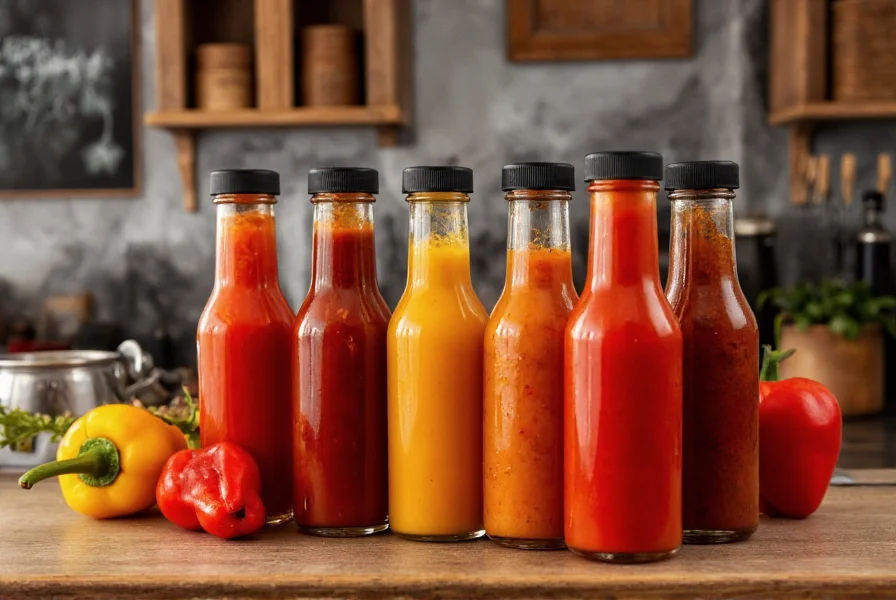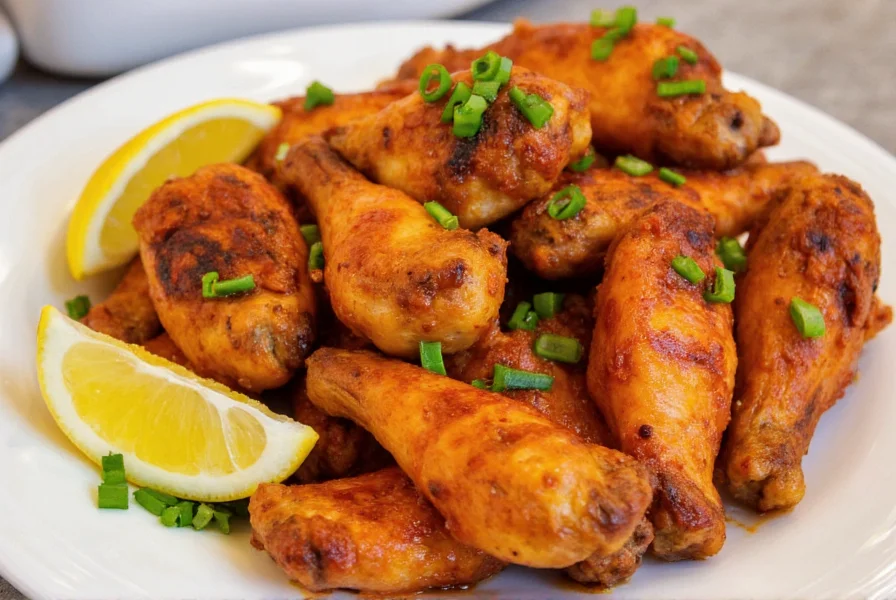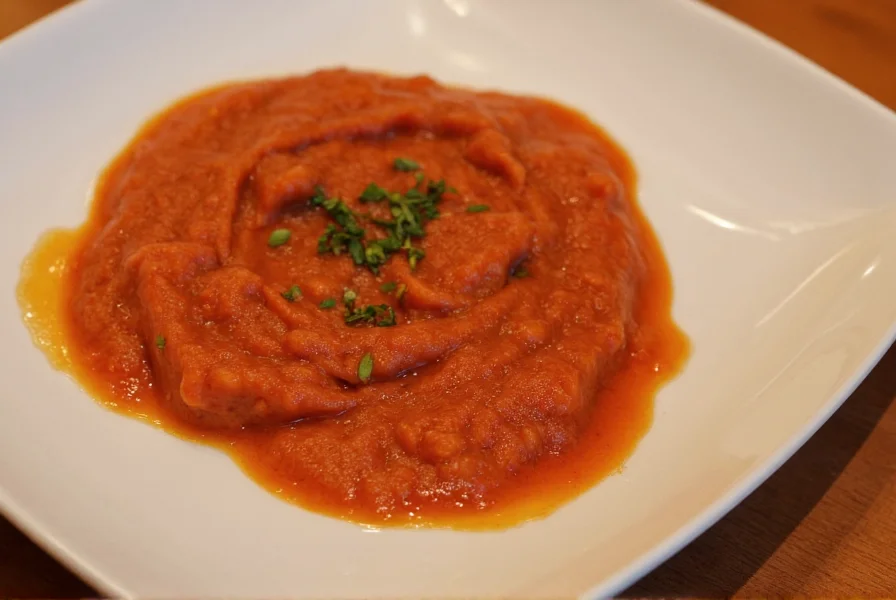Pepper sauce has become a staple condiment in kitchens worldwide, valued for its ability to transform simple dishes with vibrant heat and complex flavor notes. This versatile condiment ranges from mild and tangy to intensely spicy, with each variety offering unique pairing possibilities that can elevate everyday cooking.
Understanding Pepper Sauce Varieties
Before exploring pairings, it's essential to recognize the diverse spectrum of pepper sauces available. Each type features distinct characteristics that determine its ideal culinary applications. The heat level, measured in Scoville Heat Units (SHU), combined with additional flavor elements like vinegar, garlic, or fruit notes, creates specific pairing opportunities.

Pepper Sauce Flavor Profiles and Applications
Pepper sauces fall into several categories based on their primary ingredients and preparation methods. Traditional vinegar-based sauces like Tabasco provide sharp acidity that cuts through rich foods. Fermented sauces such as sriracha develop complex umami notes during their aging process. Fresh pepper sauces made with minimal processing deliver bright, immediate heat that works well with delicate ingredients.
Understanding these distinctions helps home cooks select the right sauce for specific dishes. A delicate fish preparation might benefit from a mild jalapeño sauce with citrus notes, while a hearty beef stew could handle the intense heat of a habanero-based sauce with smoky undertones.
| Pepper Sauce Type | Heat Level (SHU) | Ideal Food Pairings | Recommended Usage |
|---|---|---|---|
| Tabasco | 2,500-5,000 | Eggs, Bloody Marys, seafood | Add drops to enhance without overwhelming |
| Sriracha | 1,000-2,200 | Ramen, spring rolls, sandwiches | Use as dipping sauce or mix into sauces |
| Habanero | 100,000-350,000 | Tacos, grilled chicken, mango salsa | Add sparingly to avoid overpowering |
| Chipotle | 2,500-8,000 | BBQ, roasted vegetables, bean dishes | Blend into marinades or finishing sauces |
| Ghost Pepper | 800,000-1,041,427 | Extreme heat challenges, bold stews | Use tiny amounts for intense heat bursts |
Perfect Pairings for Common Pepper Sauces
Certain food combinations have stood the test of time as ideal matches for specific pepper sauces. Eggs represent one of the most versatile pairings—whether scrambled, fried, or in an omelet, a few drops of vinegar-based pepper sauce enhances the richness without overwhelming the delicate flavor. This classic combination works particularly well with breakfast tacos and migas.
Seafood benefits tremendously from pepper sauce applications. The acidity in many pepper sauces complements the natural sweetness of fish and shellfish. Try a citrus-infused jalapeño sauce with grilled shrimp or a mild serrano sauce with ceviche. The key is balancing the sauce's heat with the seafood's delicate nature—never allowing the spice to dominate.

Culinary Techniques for Using Pepper Sauce
Mastering pepper sauce usage involves more than simply adding heat. Professional chefs employ several techniques to maximize flavor impact. Incorporating pepper sauce early in cooking allows flavors to meld, while adding it at the end preserves its bright, fresh characteristics. Creating compound butters with pepper sauce provides controlled heat distribution in dishes.
When developing recipes with pepper sauce, consider building flavor layers. Start with aromatics like onions and garlic, add the pepper sauce during the cooking process to mellow its intensity, then finish with a small amount of fresh sauce to provide a bright top note. This approach creates dimensional heat rather than a one-dimensional burn.
Creating Balanced Heat in Home Cooking
Understanding how to balance pepper sauce heat with other flavor elements separates good cooking from great cooking. Dairy products like yogurt or sour cream naturally counteract capsaicin, the compound responsible for heat in peppers. Sweet elements such as honey or fruit preserves can tame excessive heat while adding complexity. Acidic components like lime juice or vinegar help distribute heat evenly throughout a dish.
When experimenting with homemade pepper sauce recipes, start with small quantities of peppers and gradually increase until reaching the desired heat level. Remember that heat perception intensifies over time—what seems mild immediately after preparation may become significantly hotter after 24 hours of fermentation or resting.
Homemade Pepper Sauce Basics
Creating your own pepper sauce allows complete control over flavor profile and heat level. A basic recipe requires just three components: fresh peppers, vinegar, and salt. For a beginner-friendly version, combine 1 cup of chopped jalapeños (seeds removed for milder heat), 1 cup of distilled white vinegar, and 1 teaspoon of salt in a saucepan. Simmer for 10 minutes, then blend until smooth. Strain for a clear sauce or leave unstrained for a chunkier texture.
Advanced home sauce makers experiment with additional ingredients like garlic, onions, fruits, and spices to create signature blends. Fermentation adds depth—submerging peppers in a saltwater brine for 1-2 weeks before processing develops complex flavor notes that vinegar-only sauces cannot achieve.
Storage and Shelf Life Considerations
Proper storage significantly impacts pepper sauce quality and safety. Vinegar-based sauces typically maintain quality for 6-12 months when refrigerated after opening. Fermented sauces often improve with age, developing more complex flavors over several months. Always use clean utensils when handling sauce to prevent contamination, and watch for signs of spoilage like mold, off odors, or separation that doesn't resolve with shaking.











 浙公网安备
33010002000092号
浙公网安备
33010002000092号 浙B2-20120091-4
浙B2-20120091-4